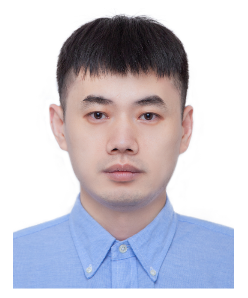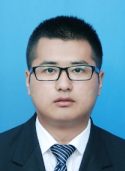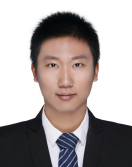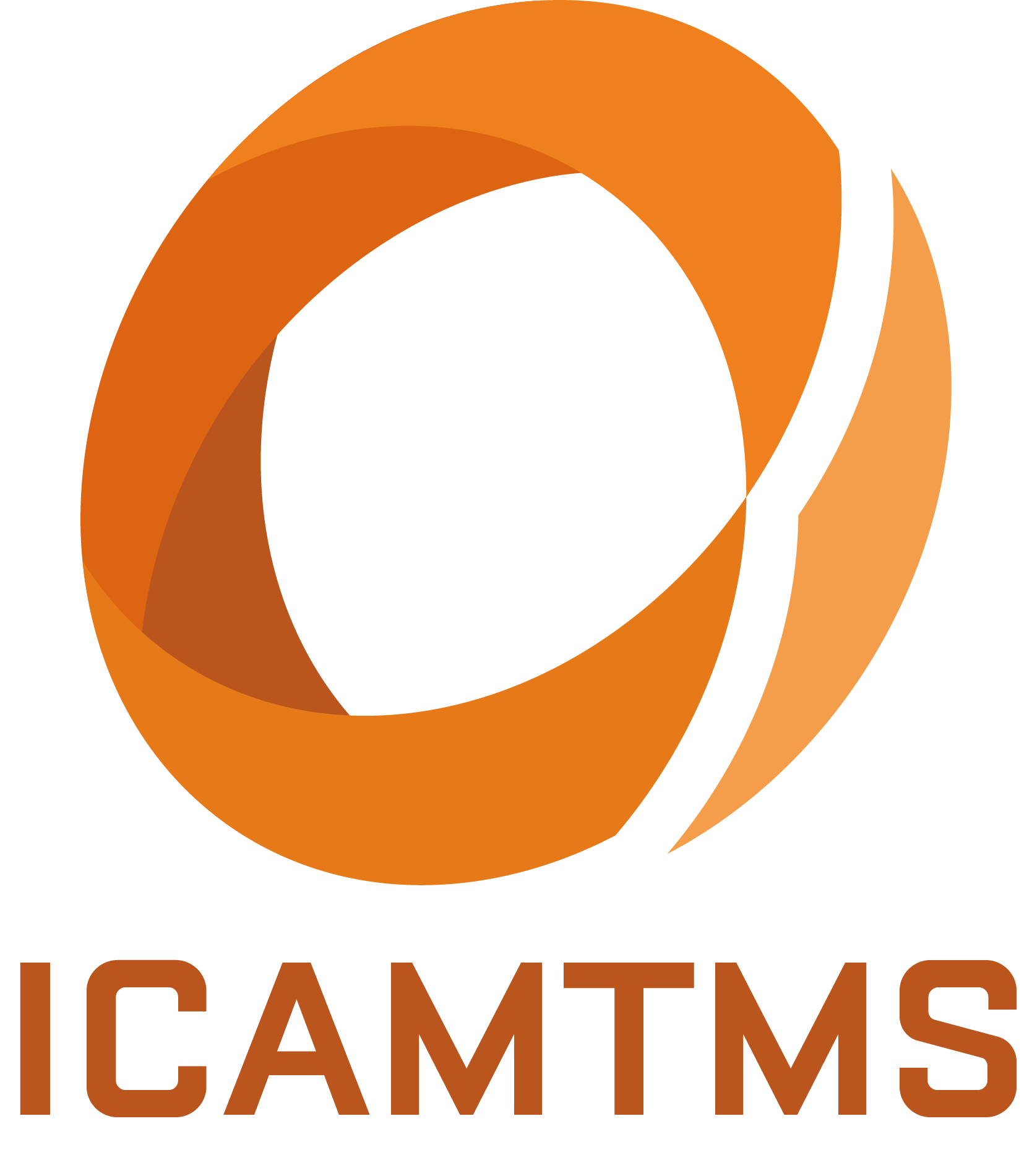
2026 5th International Conference on Advanced Manufacturing Technology and Manufacturing System (ICAMTMS 2026)
Speakers of ICAMTMS 2025
Prof. Xiaodong Xu, Central South University |
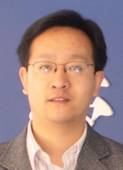 Prof. Yufei Gao, Shandong University |
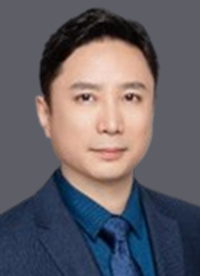 Prof. Xiaogang Liu, Wuhan University of Technology |
 Assoc. Prof. Junxing Zhang, Guizhou University |
Assoc. Prof. Lulu Wu, Anhui Polytechnic University Speech title:Research on Vision-Based Measurement Methods for Robot Motion Performance |
Assoc. Prof. Jinyong Ju, Anhui Polytechnic University Speech title:Research on Vibration Control of Robot Grinding and Polishing System for Elastic Thin-walled Components |
